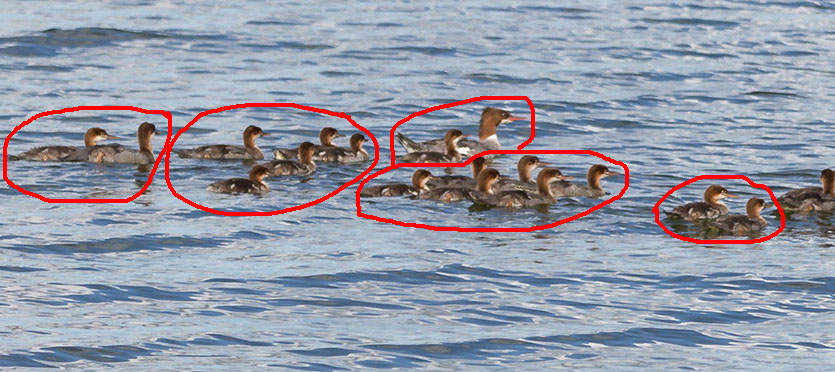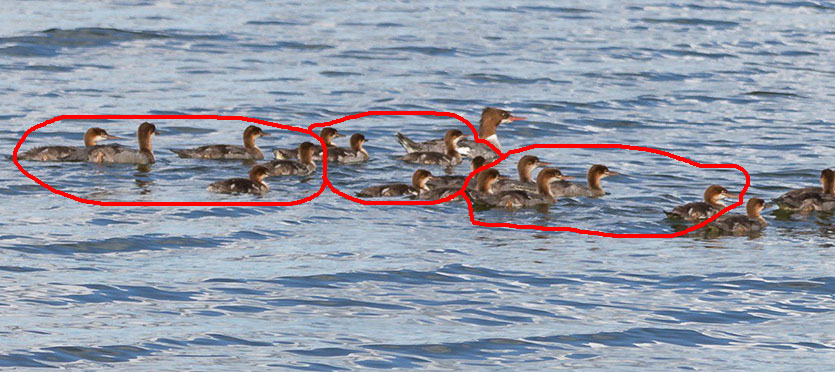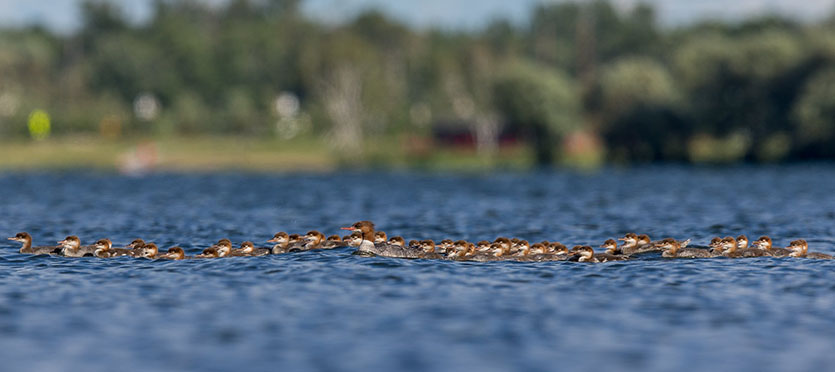- How many ducklings are there?

The question specifically states: how many ducklings are there? Notice it’s ducklings, and not ducks. That’s because we’re not counting the mother duck taking care of all the ducklings. You can spot the mother duck in the video above without clicking play. She’s the biggest duck with the larger orange beak towards the top right.
Initially, students may not be aware of what information they know and what information they need to know. Having students make an estimate is a great way to get that process going. While young students may have trouble using a Problem Solving Framework, you can pull sections from it to use with your students.
For example, it has a section where they can list their low, high, and best estimate. For example, a student might pick 10 ducks for a low estimate (“There are definitely more than 10 ducks!”), 1000000 ducks for a high estimate (“The biggest number I know is one million and there must be less than one million ducks”), and 50 ducks for a best estimate.
The experience of having to make an estimate may leave these spies with questions. They may ask questions like “Are we counting the mama duck?” This is exactly where you want them because now they’re both interested in the context and ready to control how the problem solving continues.
They may ask for some or all of the following information, but only give them what they ask for as they need to learn what information they need. Much of this information is quoted or heavily paraphrased from this New York Times article.
Could all of those babies be hers?
No. Mama is a common merganser, a duck found on freshwater lakes. Females can lay up to a dozen or so eggs. But, common mergansers don’t incubate only their own eggs. Experts say females often “dump” their eggs in the nests of other birds in an effort to spread out their offspring and increase the chances of survival.
Why is she caring for so many ducklings?
Some birds, including common mergansers and ostriches, raise their babies in a day care system that’s called a crèche (pronounced like kresh). In a crèche, females leave their ducklings in the care of one female — often an older female who is experienced at raising babies
What’s a duckling?
It’s a young duck.
Count all
Students might count each one, one at a time and keep a running total. Perhaps they will use marks to keep track of which ducks they have already counted. This can certainly work, but with so many ducks in such a challenging grouping, this could definitely lead to miscounting and having to start over again as well as forgetting which ducks were already counted.
Make groups based on how the ducks are laid out.
Some students might try to group ducks into smaller groups and count those, like in the picture below. If a student used the drawing below, she might later add 2 plus 5 plus 1 (or 2 if she incorrectly counts the mother duck like) plus 6 plus 2 plus… This gets a bit tricky with the horde on the right side of the image, but takes a bigger problem and breaks it down in to a few smaller problems.

Make groups of fives or another number they want to count by
Some students might try to group ducks into fives or other quantities they feel comfortable counting by, like in the picture below. This gets a bit tricky as it may involve having to draw lines through groups of ducks to make a group.

Once students have their answers, play this video where each duck is counted. I made the video go slow so that students can count along, if desired.
The New York Times also did an article on these ducks and shared the headline below.

- K.CC.1 – Count to 100 by ones and by tens.
- 1.NBT.1 – Count to 120, starting at any number less than 120. In this range, read and write numerals and represent a number of objects with a written numeral.


